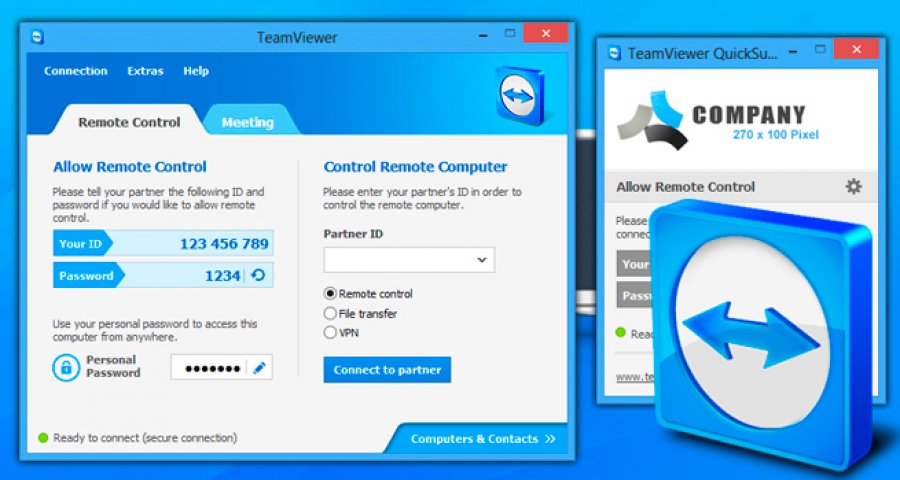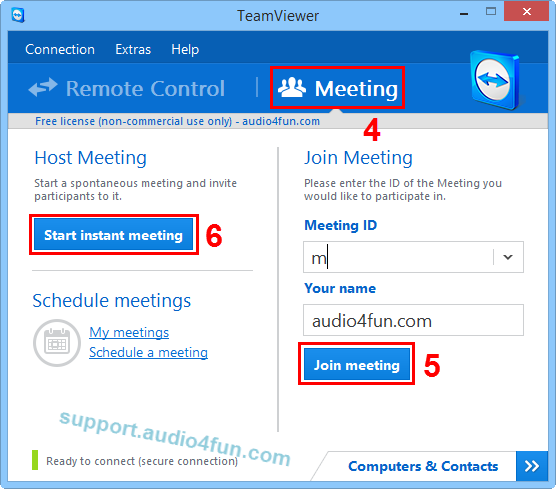

Method 2: Test on Different Server Locations Doing so also measures the difference that caching makes on your website.

Website speed test results should provide you with response headers to see whether the resources are cached.Īfter running the test several times, there should be enough stored in the cache to reveal the website’s optimum performance. When you run a test for the first time, the cache hasn’t stored any data, making the website slower than it should be. Running multiple tests is important to make the caching work. In GTMetrix, it’s easy to do so by clicking the Re-Test button. We also recommend running multiple tests with each tool. Compare the test results to get an average number. Test results from one tool may differ, so using multiple tools will provide a load time range. We recommend conducting several speed tests with multiple testing tools. We recommend using GTMetrix or Pingdom for desktop website speed tests and Google PageSpeed Insights for mobile website speed tests. Using a CDN can reduce the load time by 30%.Īfter you have both caching and a CDN ready, pick a website speed test tool. It aims to reduce the physical distance between the servers and users to minimize the loading time. Once you’ve got a caching tool, move on and set up a CDN.Ī CDN is a geographically distributed network of proxy servers and data centers. Otherwise, get LiteSpeed or any speed-optimization WordPress plugin like WP Rocket or W3 Total Cache and install it on your WordPress site. For example, all Hostinger plans have LiteSpeed Cache pre-installed, so you don’t have to set it up yourself. This speeds up the subsequent website load time using the copied files instead of requesting them again from the website server.Ĭheck with your hosting provider whether there are any caching tools installed. These are two tools that can significantly speed up your loading time.Ī cache will store copies of website files both on the client and server sides. There are a few steps you need to take before conducting a website speed test.įirst, enable caching and make sure to use a content delivery network (CDN) on your website. Method 2: Test on Different Server Locations.


 0 kommentar(er)
0 kommentar(er)
